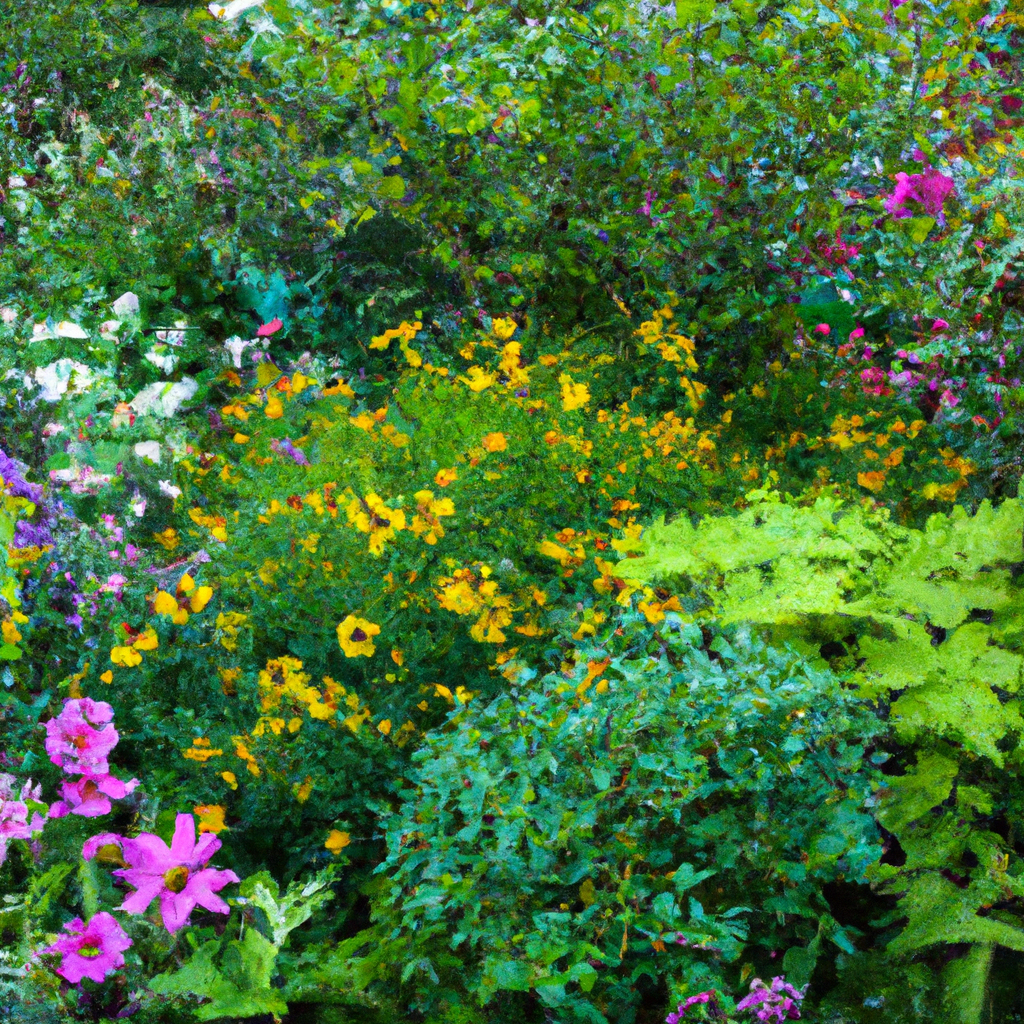
Gardening for wildlife is a rewarding and fulfilling activity that not only adds beauty to your yard but also helps support and preserve local ecosystems. By creating a welcoming environment for bees, butterflies, and birds, you can contribute to the conservation of these vital pollinators and enjoy the vibrant sights and sounds they bring to your outdoor space. In this article, we will explore various techniques and practices to attract these fascinating creatures to your yard, creating a haven for wildlife while also enhancing the overall health and diversity of your garden.
Understanding the Importance of Bees, Butterflies, and Birds
Bees, butterflies, and birds play crucial roles in pollination, which is essential for the reproduction of many plants. These pollinators transfer pollen from the male parts of flowers to the female parts, enabling the plants to produce fruits and seeds. Without them, our food supply and the overall biodiversity of our planet would be greatly compromised.
Bees are perhaps the most important pollinators, as they are responsible for pollinating a wide variety of crops, including fruits, vegetables, and nuts. Butterflies, on the other hand, are known for their beauty and grace, but they also contribute significantly to pollination. Birds, such as hummingbirds, are not only pollinators but also help control insect populations, making them valuable allies in natural pest management.
Creating a Bee-Friendly Garden
To attract bees to your garden, it is essential to provide them with the resources they need. Here are some key steps to consider:
- Choose Native Plants: Native plants are well-adapted to your local climate and provide the most suitable food sources for native bees. Research the native plant species in your area and incorporate them into your garden.
- Provide a Variety of Blooms: Bees have different preferences when it comes to flower shapes, colors, and scents. Plant a diverse range of flowers that bloom at different times throughout the year to ensure a continuous source of nectar and pollen.
- Avoid Pesticides: Pesticides can be harmful to bees and other pollinators. Opt for organic and natural pest control methods to protect your garden without endangering these beneficial creatures.
- Create Nesting Sites: Many native bee species are solitary and require suitable nesting sites. Leave areas of bare soil, provide bundles of hollow stems, or construct bee houses to accommodate their needs.
Attracting Butterflies to Your Yard
Butterflies are not only mesmerizing with their colorful wings but also serve as important pollinators. Here’s how you can invite them into your garden:
- Plant Host Plants: Different butterfly species rely on specific host plants to lay their eggs and provide food for their caterpillars. Research the host plants for the butterflies you wish to attract and include them in your garden.
- Provide Nectar-Rich Flowers: Butterflies are attracted to bright, colorful flowers that are rich in nectar. Include a variety of flowers with different shapes and sizes to accommodate the diverse needs of various butterfly species.
- Create a Sunbathing Spot: Butterflies enjoy basking in the sun to warm their bodies. Place some flat rocks in sunny areas of your garden to provide them with a comfortable sunbathing spot.
- Provide Shelter: Butterflies seek shelter from wind and rain. Plant shrubs and trees to create protected areas where they can rest and take cover during adverse weather conditions.
Inviting Birds to Your Garden
Birds bring a delightful melody to any garden while also providing natural pest control. Here’s how you can attract them:
- Provide Food: Different bird species have different dietary preferences. Offer a variety of food sources, such as bird feeders with seeds, nectar feeders for hummingbirds, and fruit-bearing plants to cater to their needs.
- Offer Water: Birds need water for drinking and bathing. Install a bird bath or create shallow water sources like a small pond or a shallow dish with fresh water.
- Plant Native Trees and Shrubs: Native trees and shrubs provide birds with nesting sites, shelter, and natural food sources in the form of fruits, berries, and insects.
- Create Bird-Friendly Landscapes: Incorporate diverse vegetation layers in your garden, including tall trees, shrubs, and groundcovers, to create different habitats for birds.
Conclusion
In conclusion, gardening for wildlife is a deeply rewarding endeavor that not only adds beauty to your yard but also contributes to the preservation of vital pollinators like bees, butterflies, and birds. By following the tips and techniques mentioned above, you can create an inviting habitat that supports these creatures and enhances the overall health and biodiversity of your garden. Remember, every small effort you make to attract and protect wildlife in your yard can have a significant impact on the larger ecosystem. So grab your gardening tools and start transforming your outdoor space into a haven for bees, butterflies, and birds today!

